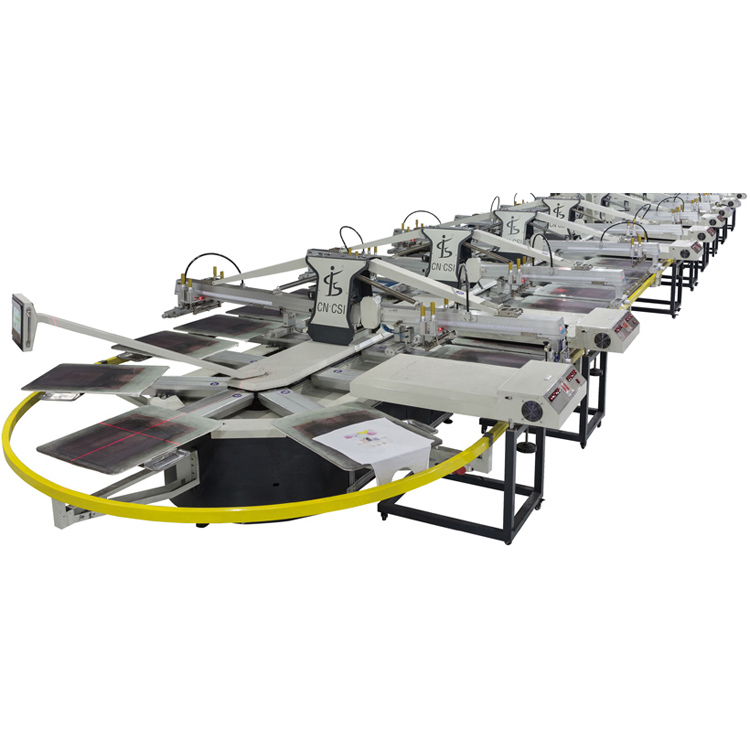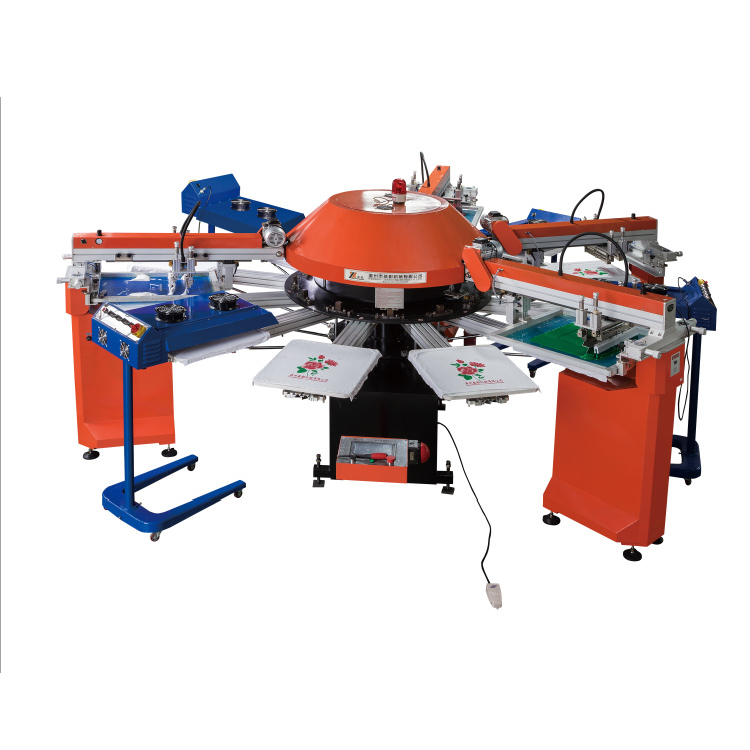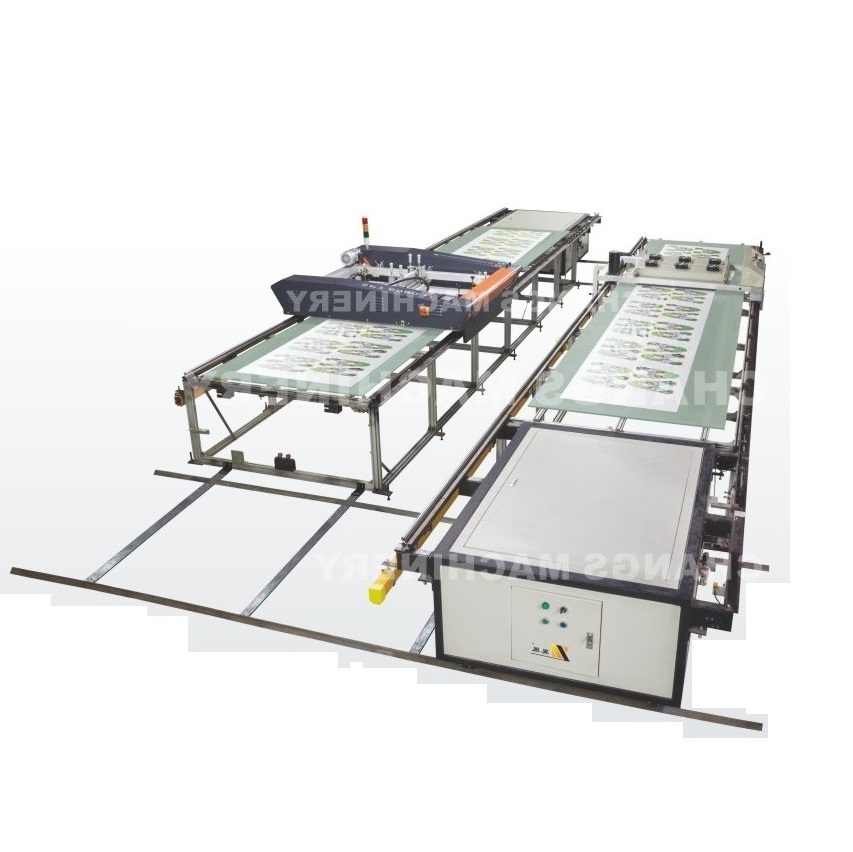Ⅰ. Principle of flexo printing
flexo printing refers to a printing method that uses a flexible plate and transfers ink through an anilox roller. The layout structure of the printing plate is the same as that of the relief printing plate, with the image and text part raised (that is, the image and text are higher than the non-image and text part) on the same plane, and both are directly printed.
After the printing roller is loaded into the machine, a certain controlled thickness of ink is evenly applied to the image and text part of the printing plate, and then under the action of the printing pressure (given by the impression roller), the ink layer of the image and text part is transferred to the surface of the substrate, forming a clear printed copy of the image and text. Therefore, flexo printing is a direct printing method using a rubber plate or a photosensitive resin plate and quick-drying liquid ink.
The ink transfer process of flexo printing is similar to that of gravure printing. The ink transfer roller is directly placed in the ink tank. When the ink transfer roller rotates, the ink adhering to the surface is transferred to the anilox roller dedicated to transferring the ink. Then the anilox roller evenly applies the ink layer to the surface of the image part of the printing plate according to the controlled thickness for printing. Since the ink does not need to be evenly distributed during the transfer process, the structure of the flexo printing machine is relatively simple.

Ⅱ. Characteristics of flexo printing
Compared with other printing methods, the flexo printing method has the main characteristics of versatility and economy.
(1) Complete specifications of printing machines. flexo printing machines have many specifications and can be selected according to the purpose of the printed material, making the use of the printed material more extensive. Generally, it can print narrow strips as small as a few centimeters and substrates as wide as several meters.
(2) Wide applicability. flexo printing is easy to make plates, low cost, easy to install plates, high printing speed, easy to operate; and a wide range of printing materials.
(3) High production efficiency. According to production needs, it can print multi-color on the front side, or print multi-color on both the front side and the back side at the same time; the printing plate has a high printing durability. All these have created favorable conditions for improving productivity and reducing production costs.
In recent years, the performance of photosensitive resin plates has been continuously improved and stabilized, greatly improving the resolution and dot reproducibility of printing plates (up to 1%-95%); the application of modern high technologies such as electronic platemaking, laser engraving, and digital platemaking has made it possible for flexo printing to achieve color overprinting of layered drafts; laser engraving anilox roller technology has achieved a high precision of 1000L/in engraving lines, which has enabled the ink input to be accurately controlled, and 300L/in color layered drafts can be printed, and the quality of the printed products has approached the level of lithographic offset printing; the successful development and widespread application of water-based flexographic inks, UV (ultraviolet) flexographic inks, and UV/EB (ultraviolet/electron beam) flexographic inks have enabled flexo printing to develop rapidly. Now, flexo printing has become one of the main printing methods.
III. Types of flexo printing plates
In the past, the materials used to make flexible plates were mainly natural rubber and synthetic rubber, so the most common flexo plates were hand-carved rubber plates and cast rubber plates. Later, flexible photosensitive resin plates were developed, which rapidly improved the quality of flexo printing. Here, we mainly introduce several types of flexo printing plates:
(1) Hand-carved rubber plates. Hand-carving is the simplest method of making flexo plates. For simple jobs, printing plates can be made by hand-carving, and it has the advantages of being convenient, fast and low-cost. Hand-carving technology is relatively strong, requiring the production personnel to have skilled techniques and rich experience, and the quality of the printing plate is not as good as phototypesetting.
(2) Making rubber plates. Natural rubber or synthetic rubber sheets are placed in a master mold and heated and pressurized. The advantages of cast rubber plates are: once the master mold is made, it is easy to produce rubber replica plates, the plate thickness can be freely controlled, and a variety of rubber plates can be produced according to different inks and printing materials, such as isobutylene rubber plates and ethylene rubber plates. Rubber plates are mainly used for packaging and wallpaper printing.
(3) Flexible photosensitive resin plates. Flexible photosensitive resin plates are similar to photosensitive resin plates used in relief printing in terms of the chemical process of image formation, plate making process, and reproduction performance. The plate material is mainly made of rubber-based resin. The washing method after exposure and the washing liquid used are different from those used for photosensitive resin plates used for butchering.
Flexible photosensitive resin plates are divided into solid resin plates and liquid resin plates, and their plate making processes are different. Flexible photosensitive resin plates are made by direct exposure of negative films, with good gradation reproduction. When the screen line number is 60L/cm, 3% of the dots can be reproduced. The plate making process does not require heating, so the printing plate has high dimensional accuracy, good stability, high post-plate accuracy, and shorter plate making time than rubber plates. However, flexible photosensitive resins also have disadvantages. Compared with rubber plates, they are not elastic enough, the cost of making replica plates is high, and their tolerance to ink solvents must be checked in advance. Solid resin plates are mainly used for packaging printing, and liquid resin plates are mainly used for newspapers and packaging printing.
(4) Seamless plates. The plate is made by scanning the original and controlling the light beam with the image signal to directly engrave on the rubber cylinder. The production process is simple, but there are problems with its reproduction performance. Another seamless plate is to cover the cylinder surface with flexible photosensitive resin and still use laser engraving during production. Seamless plates can print continuous graphics, such as wallpaper, etc.






